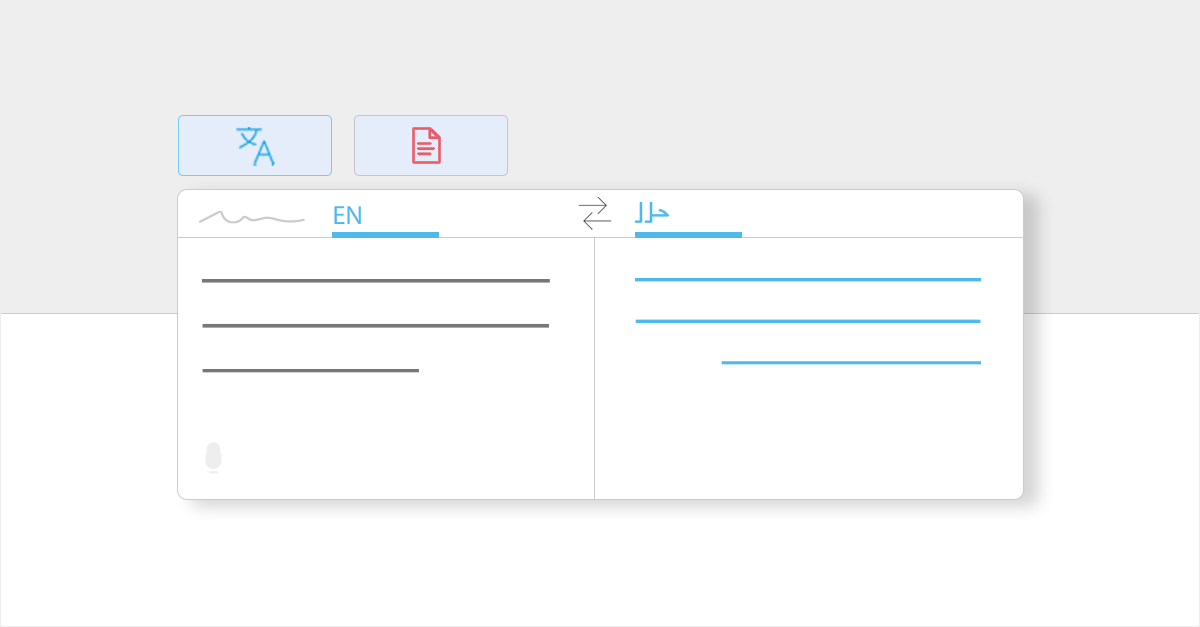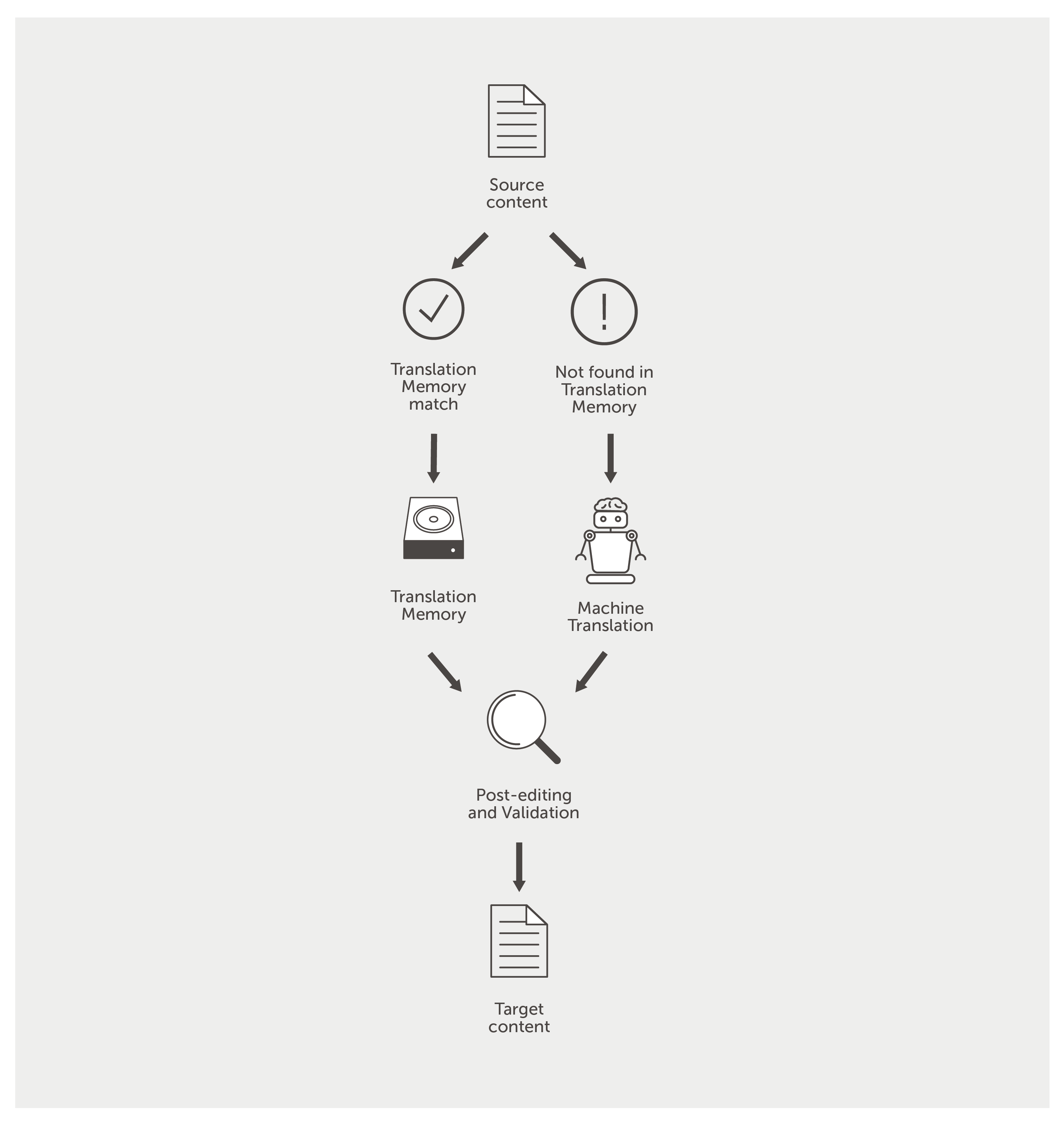LanguageWire
The global content company
LinkedIn
LanguageWire
The global content company
LinkedIn

When you translate your website into another language, free online machine translation tools, like Google Translate, seem like an attractive option.
When you translate your website into another language, free online machine translation tools, such as Google Translate, seem like an attractive option. They are easy to use, fast, free and available 24/7.
Despite these advantages, free translation tools might harm your search engine rankings. Google does not like them.
Free online machine translation tools make it possible to translate your website into a wide range of languages. They even support some less-common languages and dialects. However, translations offered by free online tools are often highly inaccurate.
If you run a site through a free machine translation tool, you will get a literal translation, word for word. Without the idiomatic and commonly used local expressions, the outcome will probably be content that does not make sense to the local audience you want to reach. Also, free machine translation tools may not recognise proper names or spelling errors, resulting in even more confusing content. If readers and potential customers find your content hard to read, they might also find it hard to trust, and then you run the risk of driving potential business elsewhere.
Google classes “text translated by an automated tool without human revision” as automatically generated content. If your website manager uses Google Translate to generate raw copy in a foreign language and then publishes the content on your website without any human revision or editing, your website SEO strategy will be severely affected.
The security of free online machine translation is also problematic. When you use Google Translate or Bing Microsoft Translator, you are sharing your content with these search engines. By sharing your data, you agree that the property rights of the content are no longer exclusively yours (just check Google’s terms and conditions, for example). Every uploaded word, sentence and page is stored in the translation memory of Bing Microsoft Translator or Google Translate, making it available for everyone – including your competitors.
It should be clear by now that website translation is not just about converting words from one language to another. It’s about doing everything you can in terms of SEO and creating quality content in order to attract different markets with different cultures, habits and behaviours.
Download our free international SEO checklist to improve your international search rankings.
You need to localise keywords in the translated text if you want to have a good result in search engines. With free online machine translations, keyword localisation is almost impossible, as robots will have trouble understanding the cultural aspects of your content. If you rely on Google Translate for your keyword strategy, prepare for failure.
It should now be clear that it is not good practice to opt for automatically generated translations when creating content for important communication channels such as your website.
But not all forms of machine translation are created alike.
More and more brands are incorporating machine translation into their translation workflows and performing well on search results. They achieve this by taking advantage of custom trained neural machine translation solutions and hybrid forms of MT such as post-editing.
In short, custom neural machine translation is a method of using deep learning technology to understand a brand’s content and processing that information to improve the quality of the machine translation output. By adding human translation into this process to review and edit automatically generated translation, aka post-editing, brands benefit from high quality multilingual content at a lower cost and with faster turnaround times.

Typical translation process-using MT - Source: Optimise Content Workflows with Machine Translation White paper
Using Google Translate can be quite convenient on a busy day. Sometimes you need to quickly understand foreign text, or maybe you lack the right word in an email you are writing. But as mentioned previously, Google Translate offers no confidentiality: everything translated through Google Translate is kept by Google, meaning that there’s always the risk that it could end up in the wrong hands.
In addition, Google Translate offers no quality control and doesn’t provide translation that is adapted to specific jargon, layout, industry or market. You can never be sure that the translation you get is correct – it can be way off the mark.
Ideally, you should devise your international market strategy by partnering with a global content solution provider to create an SEO-friendly website, while protecting your brand. In the long term, the SEO benefits of good content localisation will pay off.
Find out more
How can we help you?
Your journey to a powerful, seamless language management experience starts here! Tell us about your needs and we will tailor the perfect solution to your enterprise.